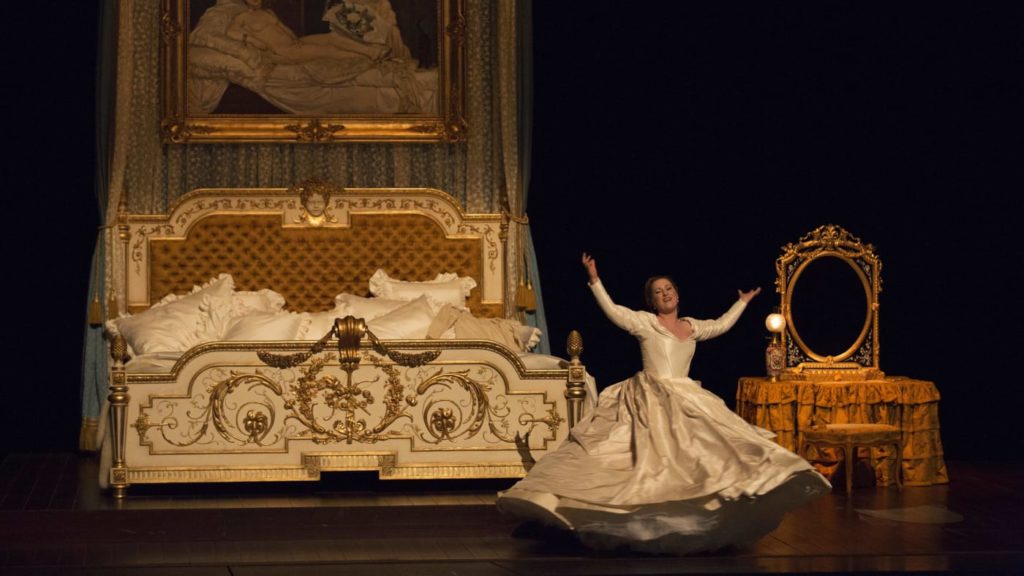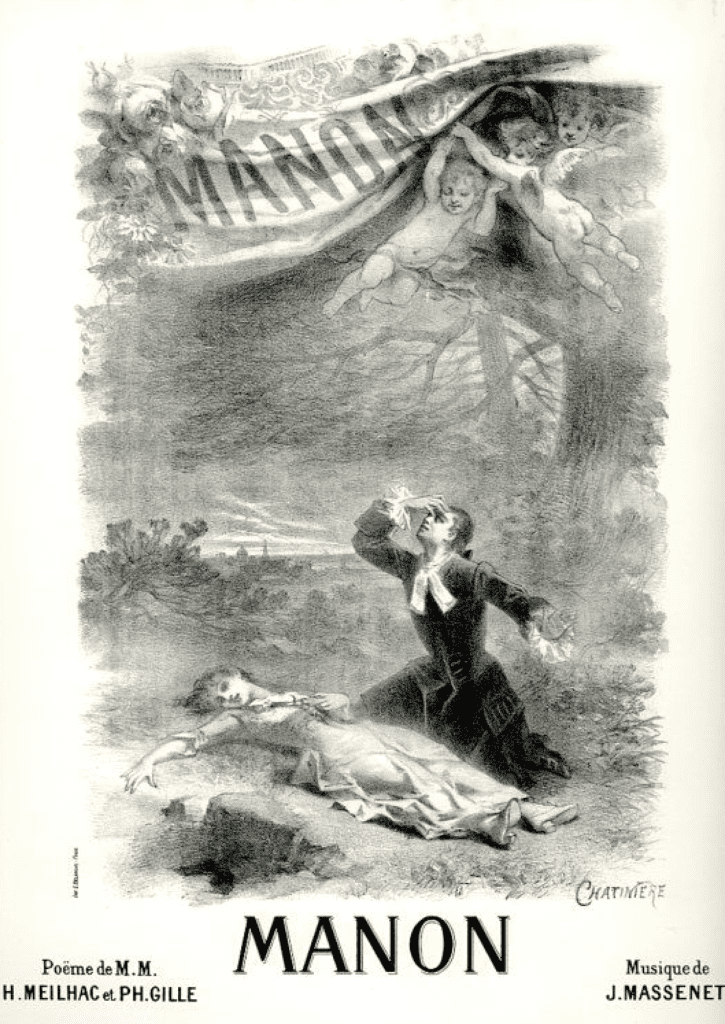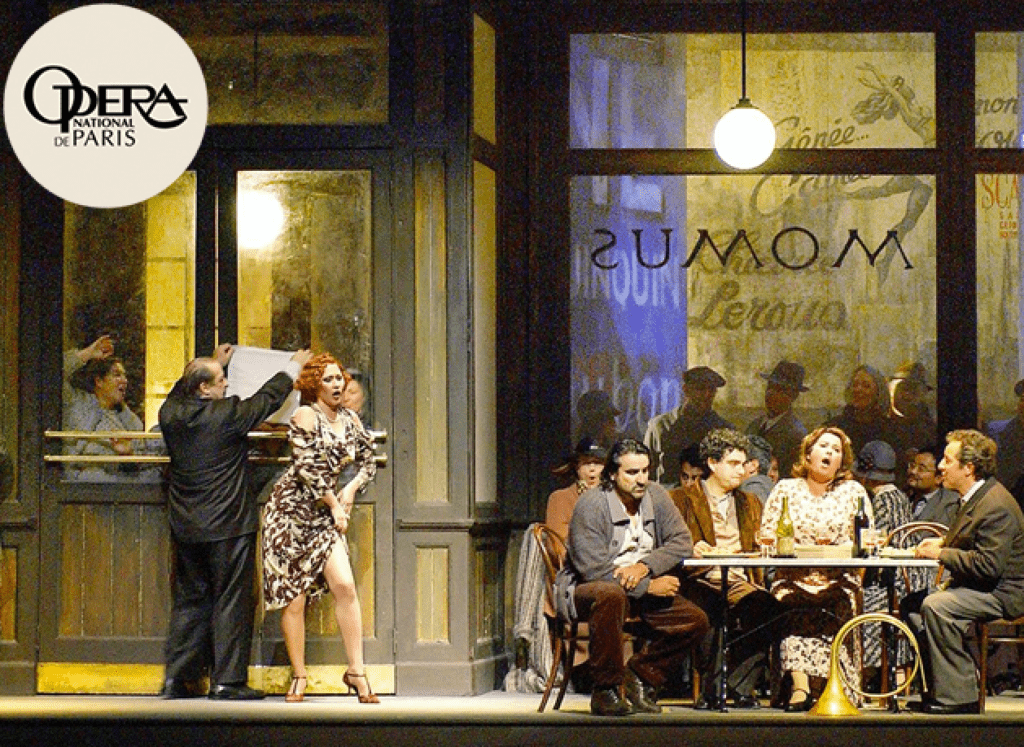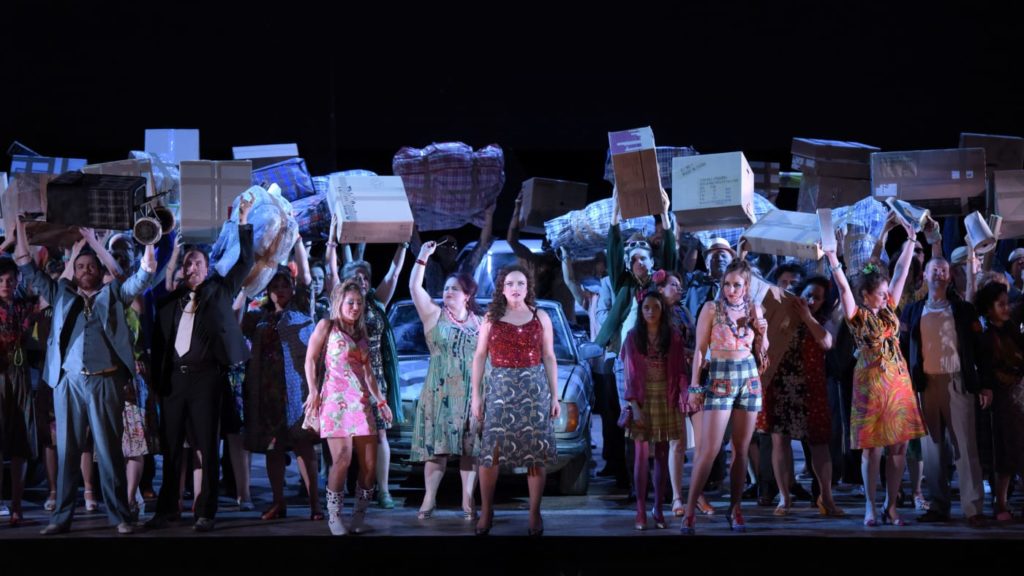Like the perfect pas de deux, ballet and opera have been in sync in Paris since 1669, when the Sun King Louis XIV — who fancied himself as a gifted dancer as much as a benevolent patron of the arts — founded the Académie d’Opéra. Ballet was originally performed as an entr’acte during an operatic show, but it eventually pirouetted off into its own art form, standing beautifully on its own en pointe feet.
While the company has had numerous names over the centuries — currently: Opéra National de Paris — it endures as the world’s oldest national ballet troupe. And one of the most prestigious: in its long history, the Paris Opera Ballet has attracted the world’s leading composers, singers and dancers, and so has pioneered many ballets and operas that have become beloved classics. And, surely, its location in the City of Light has contributed in no small part to the inspiration of these beautiful productions.

The Opéra National de Paris puts on an extensive programme every year, gracing the stages of both the Palais Garnier (above) and the Opéra Bastille. Every Paris lover should treat herself to at least one night out at the jaw-droppingly ornate Palais Garnier; even better if it’s to see one of the following performances, which are all quintessentially Parisian in their own wonderful ways …
Giselle
Currently showing at the Palais Garnier, Giselle is a tear-jerker of a ballet about love and betrayal, death by heartache … and a horde of man-hating winged creatures known as Wilis. It’s an emblematic work for the company, having been performed many times since its unveiling in 1841, at the high point of Romantic ballet — the emotion-driven, Gothic-tinged genre that saw ballerinas dance in ethereal tutus and en pointe. One of the choreographers was star dancer Jules Perrot, who cast his partner, Carlotta Grisi, in the now-iconic lead role:

Perrot, incidentally, went on to produce major ballets in London, St Petersburg and Milan, before settling back in Paris, giving lessons at the Palais Garnier, where he was immortalised by Edgar Degas:

La Sylphide
The velvet curtains opened on Romantic ballet in 1832, with La Sylphide, which was lovingly crafted by choreographer Filippo Taglioni for the Paris Opera Ballet as a showcase for his elegant dancer daughter, Marie.

Dancing the part of a minxy heart-breaker of a forest nymph, Marie was the first ballerina to dance on the tips of toes, and in a fluttering white tutu. So mesmerising was her flowing performance that the vision she embodied remains the iconic look for ballerinas to this day.
La Traviata
Giuseppe Verdi might have given his showstopper of an opera a seductively rich Italian accent, but it is at heart Parisian, having been adapted from the French classic La Dame aux Camélias, a tale in turn inspired by one of Paris’s most exquisite and adored courtesans, Marie Duplessis. Read more about her here.

La Traviata has been a star of the Parisian stages since the 1850s.
Manon
Another opera adapted from a French classic, Manon is a reworking of Abbé Prévost’s Manon Lescaut of 1731, a story about one upright man’s fall from grace thanks to that much-loved character of olde-worlde authors — the femme fatale.

Composer Jules Massenet produced many operas during the Belle Époque, when musicals were at their most lavish; Manon, from 1884, was an instant hit, and has remained one of the ultimate classic French operas ever since. It’s next showing at the Opéra Bastille from late February.
La Bohème
In the mid-nineteenth century, aspiring novelist and poet Henri Murger chronicled the Latin Quarter lives of himself and his friends — similarly poor yet on the cusp of creative fame — in Scenes of Bohemian Life. In their wildest dreams, these self-styled bohemians would never have imagined the stardom they would come to achieve, with Giacomo Puccini’s 1896 adaptation of the story to the opera La Bohème.

As with La Traviata, the words and names might be Italian … but it is very much a Parisian tale.
Carmen
Okay, yes, so this opera is ostensibly Spanish … but Carmen is actually another Parisienne at heart.

French composer Georges Bizet based his now-legendary 1875 work on French writer Prosper Merimée’s 1845 novella of the same name. Some say Merimée, a lover of all things Spanish, found his literary muse in friend Eugénie of Montijo, who would go on to become Paris’s leading tastemaker of the Second Empire, as Empress to Napoléon III. Another fun fact: it was the imperial couple’s flashy style that inspired architect Charles Garnier to reach such opulent heights with his stunning new opera house.


We will be in Paris Christmas week. We would love to tour the Opera Garnier. Could you advise about that?
Hi Nena. How wonderful! You can book a guided tour via the link below. Bon voyage. Kat
https://www.operadeparis.fr/en/visits/palais-garnier
I am very pleasedof all the tips and information you have provided me. I was also planning to go to Paris this year but next year nothing other than an illness will stop to make my dream come true of living in Paris for three months. Thanks I will keep following you. Happy New Year
Would love to take two granddaughters to a Opera Garnier ballet in December this year
(2023)
Can only see “Kontakthop”
They would love one of the classics. Any suggestions gratefully received.
Thankyou in advance. Kathleen
I will be in Paris in August 2025. I would love to see an a romance opera. What one would fit this description?
Thank you.
Hi Cecilia. The 25/26 season of Opéra de Paris should be released in (I believe) March. If you subscribe to their newsletter or follow them on social media, you’ll hear as soon as the programme is launched and will be able to see what will be on when you’re in Paris. Bon voyage!